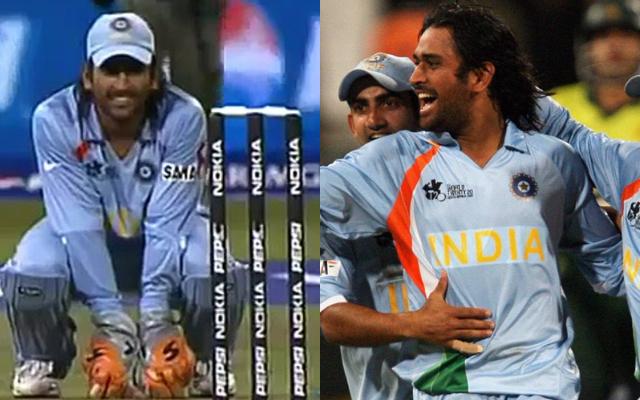Rules that impacted the game of cricket
Let’s have a look at how some rules (or lack thereof) impacted the gentlemen’s game.
View : 934
2 Min Read


After a long forced break due to ongoing COVID-19 pandemic, cricket has finally resumed with England-West Indies Test series but with a twist. In the wake of the pandemic, the ICC induced many interim changes to the sport and the world witnessed quite a few changes to the game in the post-coronavirus world.
As a measure to stop the spread of the coronavirus, the players are now not allowed to use saliva to shine the ball, reducing the ability of a bowler to swing the ball.
However, this is a temporary measure and hopefully, bowlers will find new and creative ways to take wickets or the batsmen will now completely run the game which is already well in their favour. Either way, it remains to be seen what and how much impact it has on cricket.
Now let’s have a look at how some rules (or lack thereof) impacted the gentlemen’s game:
Super Sub
If you don’t remember this rule then you are not alone. It was a revolutionary idea introduced by the ICC in 2005. Each team was allowed to have a 12th player in their matchday squad who could replace any player in the team and could bat, bowl or keep wickets in his/her place. The player was called ‘Super Sub’.
It was introduced to make the sport more tactical and to increase the importance of all-round players. However, the idea was a bust as teams started to pick specialist players to be subbed on in second innings and cricket became a game of luck at toss rather than strategies. The rule was heavily criticized and dropped after an era long 9 months.
The saga of powerplays
It started off very humble in 1980 when only two fielders were permitted outside the inner circle for first fifteen overs, it soon became popular as the powerplay or powerplay overs. In 2005, this tale took an exciting turn; the powerplay was now divided into three slots: the mandatory 10 overs at the start of the inning and two slots of 5 over each to be chosen by bowling team. Anticlimactically, bowling teams made this the ‘First 20 overs are powerplay’ rule.
Then came the rules of batting powerplay and fixing the slots of non-powerplay overs but they were all unsuccessful. After a few ups and downs and the power wrestling between batting and bowling powerplays, ICC finally settled on 3 fixed powerplays in 2015.
Concussion substitute
This is not a bad rule or has impacted the sport in a bad way. The head injuries are serious and have proved to be fatal in past, so this rule was welcomed with open arms. But, what a team is supposed to do if a player breaks his/her arm in the first session of a Test match? It makes the match 10 on 11 which is without a doubt, unfair.
ICC must allow like-for-like substitute in case of any injury that renders a player unable to play the remaining match and this rule could be simply renamed injury substitute.
Bowl out
If there was an award for the weirdest rules in cricket history, it would probably go to the bowl out. Two teams who played wonderful cricket all day and ended up level had to forget playing cricket and throw a bunch of balls at the wicket to see who can knock it over most times and the team doing it more would win the match and the best part there was no batsman at the crease.
Tie in a Super Over
Speaking of tiebreakers, the latest ODI World Cup final between England and New Zealand was also decided in a very unacceptable manner. The teams tied the game and the super over that followed also ended level and England were crowned champions on the basis of boundaries scored throughout the game (26 to 17). Many fans argued that it was similar to calling a coin with face value 10 more valuable than two coins of face value 5.
ICC has since changed the rule and a tied Super Over will now be followed by another Super Over. Had this rule been in place earlier who knows what would have happened on that historic day?
Most Productive Overs (MPO) method
The Duckworth-Lewis method is one of the most talked-about topics every time it rains during a cricket match but it wasn’t always the case. In the closing moments of world cup semifinal of 1992, South Africa needed 22 runs from 13 balls.
It was a nail biter before the rain got involved and 12 minutes later the target was 21 runs from 1 ball. This target was calculated through the MPO method which was considered ‘Friendly’ towards chasing teams. This sprouted the seed for the introduction of the Duckworth-Lewis method.
Download Our App